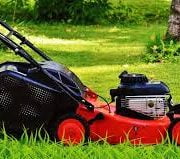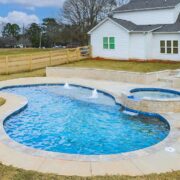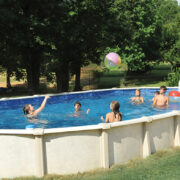There is a variety of learning tactics available, including repetition, alternating various sorts of activities, asking questions, integrating multiple forms of learning information, and taking notes. We’ll attempt to synthesize various ideas and compile step-by-step instructions to assist you to learn more successfully in this post.
Prior to Class
Let’s imagine you have a class or intend to study on your own tomorrow. We advocate using a strategy of integrating several learning modalities the day before.
According to the cognitive theory of multimedia learning, combining visual and audio cues improves a person’s perception of new content. So, seek films, animations, or even online courses on the lesson’s theme, and think about the photos in the textbook that are pertinent. Schematics are preferable to detailed visuals because they are simpler to see and grasp.
Review the textbook or presentation ahead of time if you have the time and inclination, and jot down the important themes and questions. However some things like catching a squirrel or planting a tree can only be learned when done practically. Even a little amount of preparation will aid in navigating the new information. This means it will be simpler for you to listen attentively to the instructor and capture high-quality audio throughout the course. After all, you have a good idea of what we’re talking about!
The same may be said about self-study. Reviewing the training materials ahead of time will aid their understanding.
Throughout the Class
It’s a good idea to maintain a summary. You should handwrite it rather than type it on a computer. Additionally, jot down fresh information in your own words. Yes, it is even more vital than performing homework, which is why many students entrust it to writing services, after reading articles like RoyalEssays review.
Try to examine new information and just put down the most significant points. This way, you’ll be able to comprehend information more quickly and take better notes. They’ll be a fantastic tool for practicing!
Do not redo the pages of the textbook or write everything down in a row for dictation. If you don’t have time or don’t understand anything, don’t be afraid to ask for clarification. Experiment with several outline forms to find the one that best matches your current lesson.
Following Class
Take a look at the notes. Make a list of keywords and some self-examination and generalization questions. With keywords and generalizations, the Cornell Notes system makes it simple to structure the summary.
Review the summary in the evening of the same day. Reorganize the records using a diagram or mind map, if necessary. Your subject, for example, is cell organelles. Each organelle has a connection with the others. You should use a mind map in this scenario since it enables you to display the relationships between specific organelles.
Proceed to self-examination – testing after analyzing the synopsis. You may either ask your own questions or utilize pre-made ones from third-party sources, as we’ve previously said. If you’re overburdened by your academic workload, prioritize and delegate the most monotonous and dull duties to services like writing services found on TopEssayBrands.
Tests are often thought of as a way to examine and test knowledge. However, exams have been shown to be an effective learning tool.
As a learning approach, use research testing. The material was reviewed by one set of students while the other took the exam. The pupils in the second group recalled 50% more after a week.
Testing has two key benefits as a learning tool. The testing procedure is, first and foremost, a remembrance of the content, and hence a repetition and memorization of data.
Second, tests function similarly to a compass. They assist in identifying knowledge gaps and determining what should be taught next. Other advantages of testing may be found in our article “How testing enhances effective learning.”
New content is fixed in memory by abstract processing and testing. You now have a solid platform on which to accomplish increasingly difficult activities such as analyzing, solving issues, and forming hypotheses.

What Next?
Then, inquire deeply about the content and seek answers. They will aid in the establishment of a link between new information and prior knowledge. And there’s more – to put what you’ve learned into practice.
Here are a few examples of these kinds of questions: why? Why is it this way and not the other way around? What is the purpose of this information? What about the rest of it? What distinguishes this procedure from others? What characteristics do they share and what distinguishes them?
When dealing with any exam or question, answer it first and then seek the proper answers. As a result, you must “discover” the correct answer inside your own knowledge. This will make them stronger.
For example, you must memorize Slovenia’s capital. You begin searching through different capitals in search of the correct one. Even if you forget Slovenia’s capital, you will remember other nations and cities. Geographical information will be better retained in this manner.
You will remember the information better and longer if you make an effort to solve it first and then see the correct solution. Please keep in mind that if you do not do so, this method will not work. The training will then devolve into a re-read of questions and answers.
Some student-centered services facilitate this process by providing students with more free time. Obviously, choosing the priciest option isn’t necessarily the best one. So, students must pick their services wisely, because, during college time, it’s extremely important to be smart with your money – theenterpriseworld.com.
To Summarize
The efficacy of your recalling crucial things will surge if you approach studying more intentionally. Use our advice to become a better student!














Comments